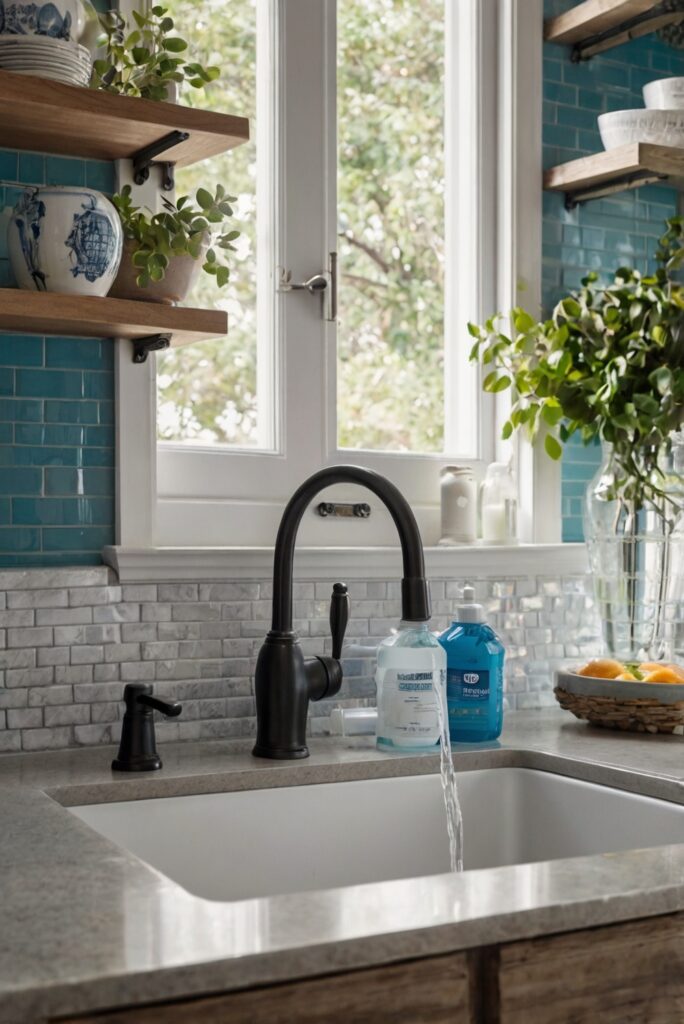Looking to upgrade your kitchen with a sink that offers both style and functionality? Discover the top tips for choosing a sink with a built-in water filter for a modern and convenient home design.
Top Tips for Choosing a Sink with a Built-In Water Filter:
1. Look for a sink with a built-in water filter that meets your water filtration needs.
2. Consider the size of the sink and the available space in your kitchen before making a purchase.
3. Choose a sink with a durable and easy-to-clean filter for convenience.
4. Select a sink that complements the overall design and style of your kitchen for a cohesive look.
5. Ensure that the water filter in the sink is certified to remove contaminants effectively.
6. Research different brands and models to find the best option that fits your budget and preferences.
By following these tips, you can find the perfect sink with a built-in water filter to enhance your kitchen’s functionality and design.
Consider Your Water Quality:
Before choosing a sink with a built-in water filter, it is crucial to consider the quality of your water. Test your water to determine the contaminants present and the level of filtration required. Different filters are designed to address specific contaminants, so knowing your water quality will help you select the right filter for your needs.
Check the Filter Technology:
When selecting a sink with a built-in water filter, pay attention to the technology used in the filtration system. Look for filters that use advanced technologies such as activated carbon, reverse osmosis, or UV sterilization to ensure effective removal of contaminants. Choose a filter that is certified by reputable organizations like NSF or WQA to guarantee its performance.
Consider Maintenance Requirements:
Regular maintenance is essential to ensure the optimal performance of a water filter. Consider the maintenance requirements of the filter system when choosing a sink with a built-in filter. Opt for a filter that is easy to maintain and offers convenient filter replacement options. Some filters come with filter change indicators to remind you when it’s time to replace the filter.
Look for Installation Options:
When selecting a sink with a built-in water filter, consider the installation options available. Some filters can be easily installed under the sink, while others may require professional installation. Choose a filter system that fits your space and plumbing setup to ensure a seamless installation process.
Consider the Filter Capacity:
Another important factor to consider when choosing a sink with a built-in water filter is the filter capacity. The filter capacity determines how much water the filter can purify before it needs to be replaced. Choose a filter system with an adequate capacity to meet your household’s daily water consumption needs.
In conclusion, selecting a sink with a built-in water filter requires careful consideration of factors such as water quality, filter technology, maintenance requirements, installation options, and filter capacity. By focusing on these key aspects and choosing a filter system that meets your specific needs, you can ensure clean and safe drinking water for you and your family.

